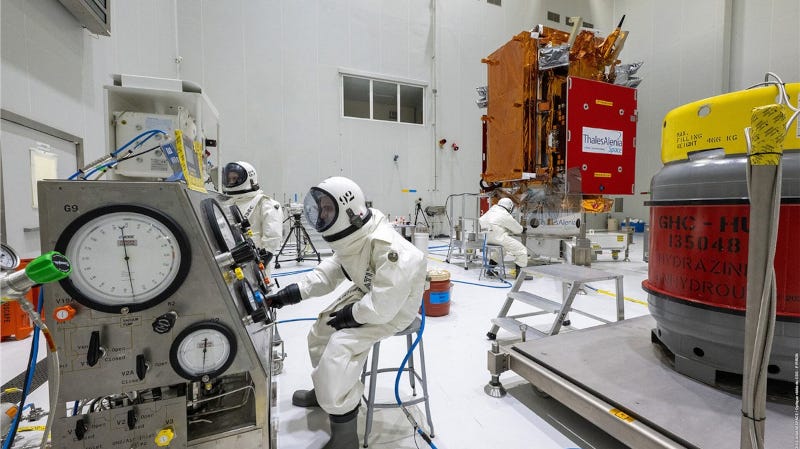Sentinel-1D Fueled and Ready for Encapsulation
Mission Is Progressing on Schedule for Launch on November 4
The next Sentinel satellite is getting set to join the Sentinel mission. Sentinel-1D is set to join its sibling, Sentinel-1C delivering radar images of Earth’s surface, performing in all weather conditions day-and-night. This service is vital for disaster response teams, environmental agencies, maritime authorities, climate s…
Keep reading with a 7-day free trial
Subscribe to The Journal of Space Commerce to keep reading this post and get 7 days of free access to the full post archives.



